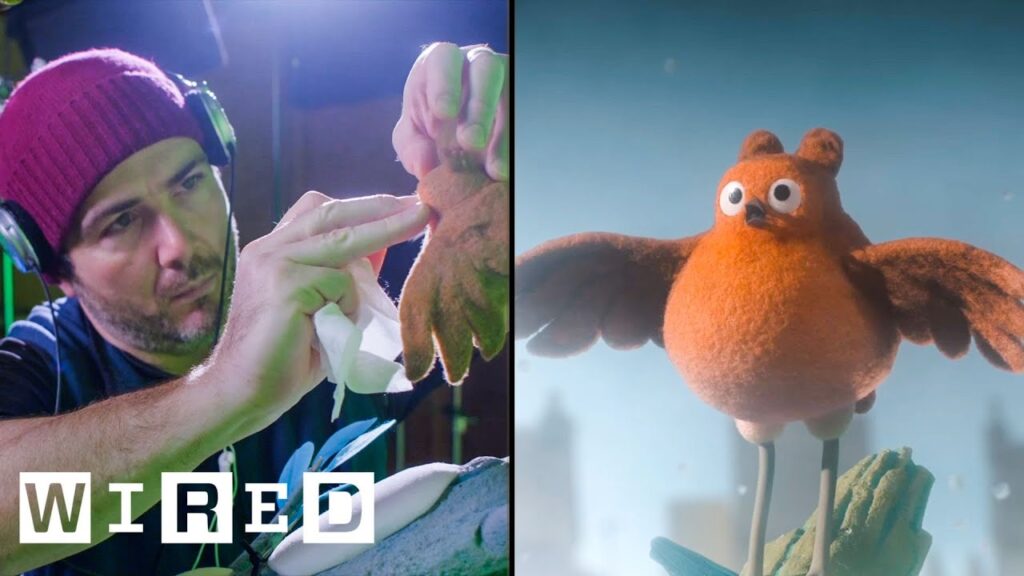Albinism: A look into the genetics and characteristics of albino animals
Summary
Albinism is a rare genetic disorder that inhibits the production of melanin, which gives color to our skin, hair, and eyes. While albinism can appear in any vertebrate, it is rare due to the recessive trait and the inability of albinos to camouflage in the wild. There are two kinds of albinism in humans – ocular and oculocutaneous – with impaired vision being a common characteristic. Caitlin introduces her idea for an all albino zoo, where these animals can live safely in captivity.
Table of Contents
- What is albinism and how does it occur?
- Why is albinism rare in animals?
- Can albinism appear in any vertebrate?
- What is the difference between albinism and white animals?
- What are the types of albinism in humans and what are the characteristics?
- Introduction to Caitlin’s Albino Zoo
- Conclusion
What is albinism and how does it occur?
Albinism is a genetic disorder that inhibits the production of melanin, which is responsible for giving color to our skin, hair, and eyes. It is caused by two recessive genes passed on from parents who carry the same gene. The offspring born with this gene will appear white, extremely pale, with pale hair, skin, and eyes.
Why is albinism rare in animals?
Albinism is rare in animals for several reasons. Firstly, it is a recessive trait, which means that it is unlikely to show up in a given population. Secondly, albinos cannot camouflage themselves in their environment which makes them an easy target for predators. Lastly, albino animals that do make it to reproductive age may not be able to find a mate due to their odd appearance.
Can albinism appear in any vertebrate?
While albinism is rare, it can appear in any vertebrate since it is a genetic disorder. Therefore, there could be an albino horse, deer, crocodile, dolphin, or any other animal with a vertebra.
What is the difference between albinism and white animals?
It is important to note that there is a difference between albino animals and white animals. White peacocks, for example, are not albino but instead are just white. White tigers, while often mistaken for being albino, are actually a different genetic variation that produces a white coat with stripes. True albinos have no melanin at all, which means that they will have pale eyes, skin, and hair, but no stripes or spots.
What are the types of albinism in humans and what are the characteristics?
There are two types of albinism in humans – ocular and oculocutaneous. Ocular albinism affects just the eyes, resulting in extremely pale blue or watery eyes. Oculocutaneous albinism affects the skin, hair, and eyes. Individuals with this type of albinism have impaired vision due to the lack of melanin in their eyes, and often have pale skin and hair. Some individuals may also experience sensitivity to light or even blindness.
Introduction to Caitlin’s Albino Zoo
Caitlin introduces her idea for an all albino zoo, where the animals can live safely in captivity. She believes that since these animals would not survive in the wild, it is better to provide them with a safe environment where they can thrive. Caitlin imagines a zoo filled with albino gorillas, crows, alligators, and other animals. While the idea may seem unusual, she feels that it has serious potential and plans to start a Kickstarter campaign to make it a reality.
Conclusion
Albinism is a rare genetic disorder that affects both humans and animals. While it may make it difficult for these individuals to survive in the wild, Caitlin’s idea for an all albino zoo offers them a safe environment where they can thrive. The mere thought of such a zoo sparks the imagination and raises important questions about conservation and animal welfare.







